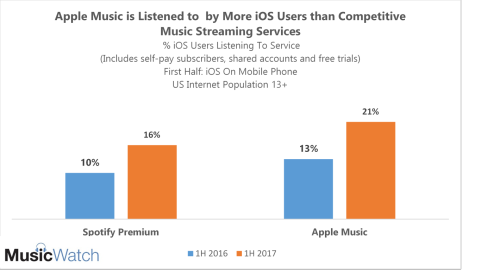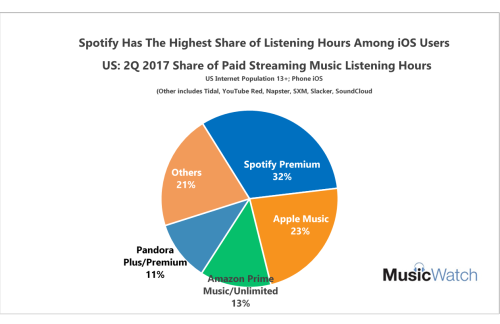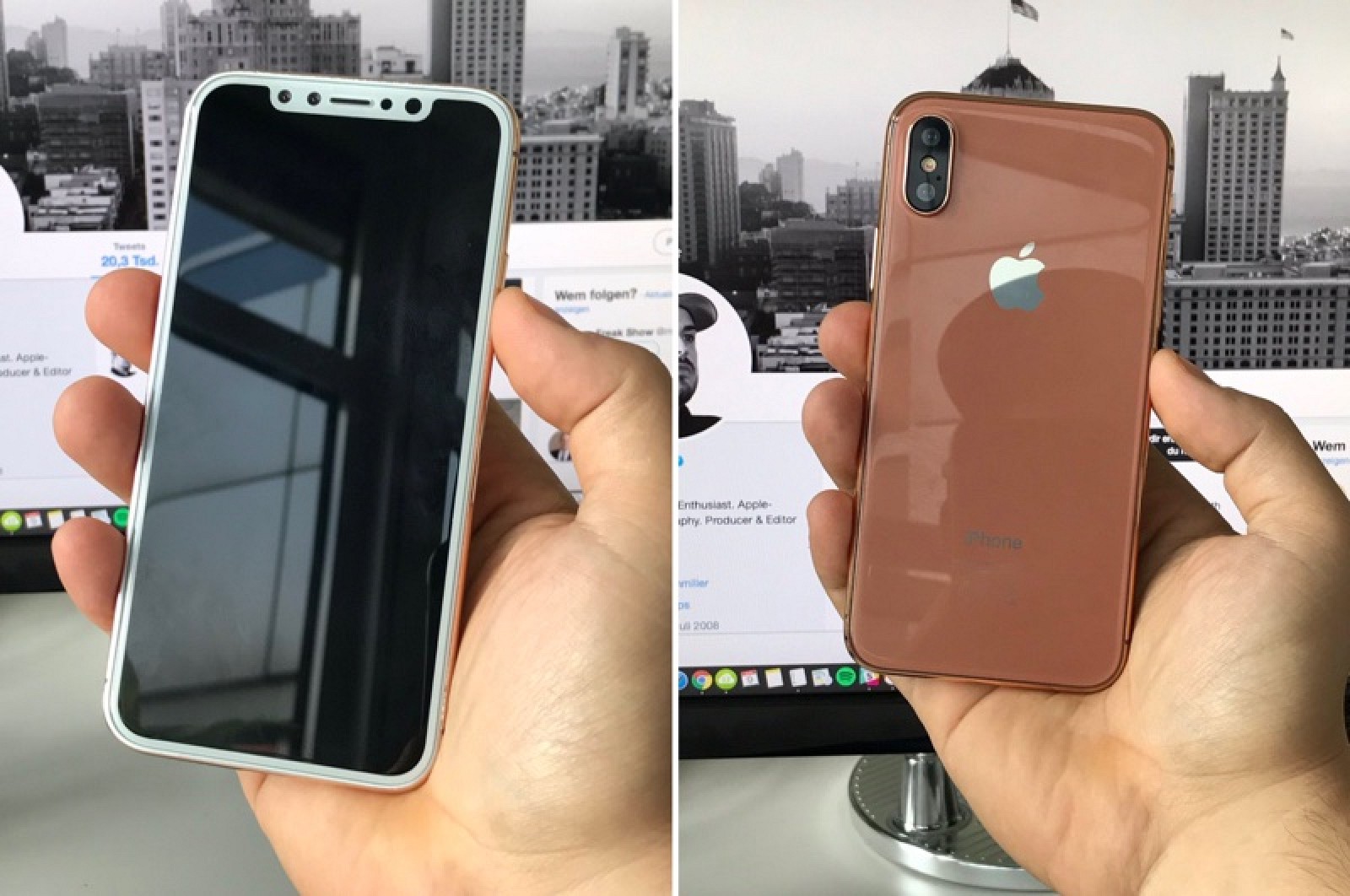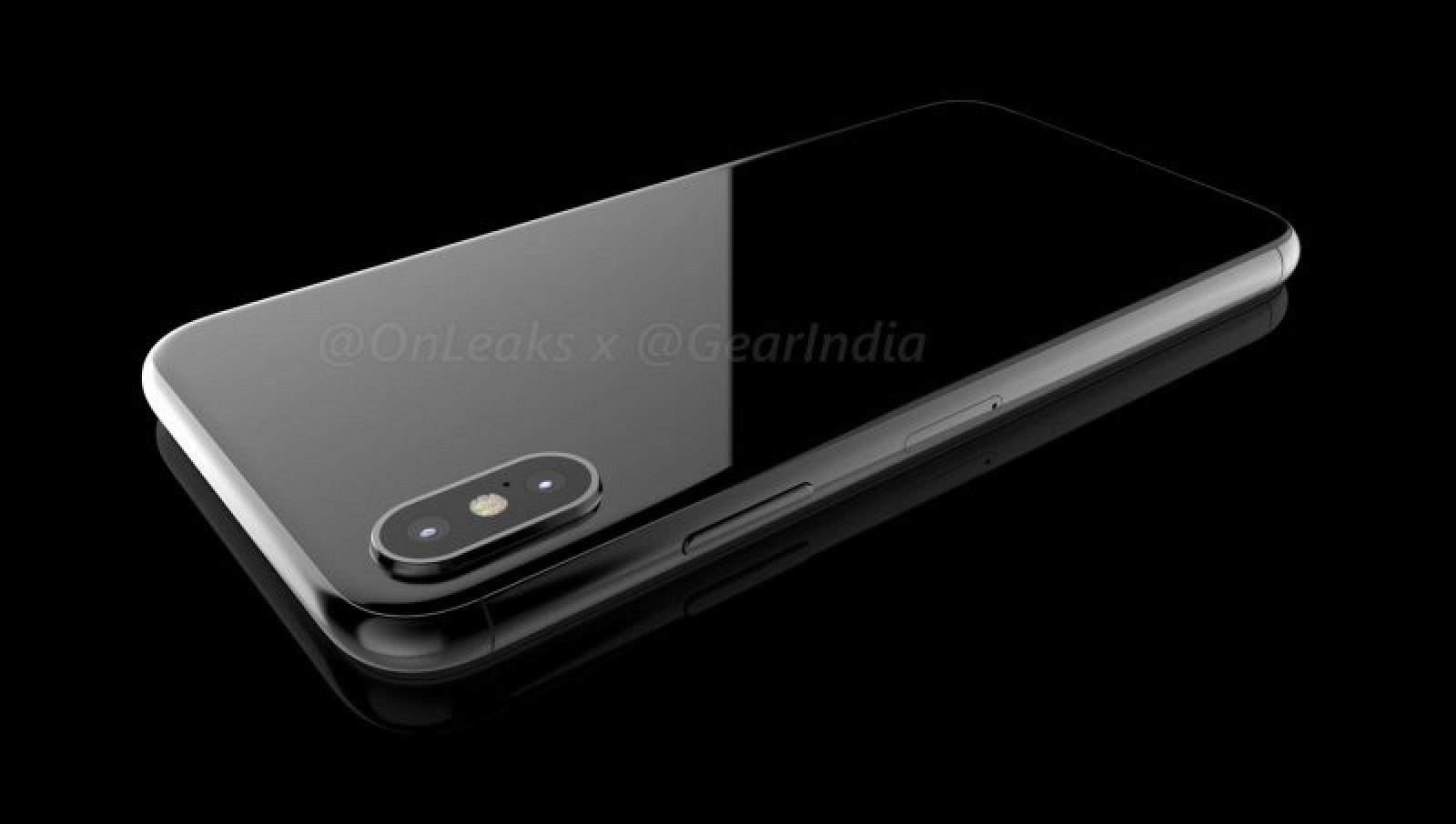With the new version 2.3.2, macOS 10.13 users can only convert music files with 1X conversion speed, if you are other system users, there is no need to worry about the only 1X conversion speed, you can still convert Audio tracks with up to 20X conversion speed.
If you want to convert Audiobook with the iTunes Converter, you can still try the incredible speed.
With the fast conversion option, you can only convert AAX to M4A format with chapter, cover, etc kept, and convert AA to MP3 format without chapter and other info kept.
If the first time conversion is slow, don’t worry, the following conversion speed is unbelievable.
Even you are macOS users, don't worry, the up to 20X conversion speed will be added and supported in the following version, please wait a moment.
About macOS High Sierra
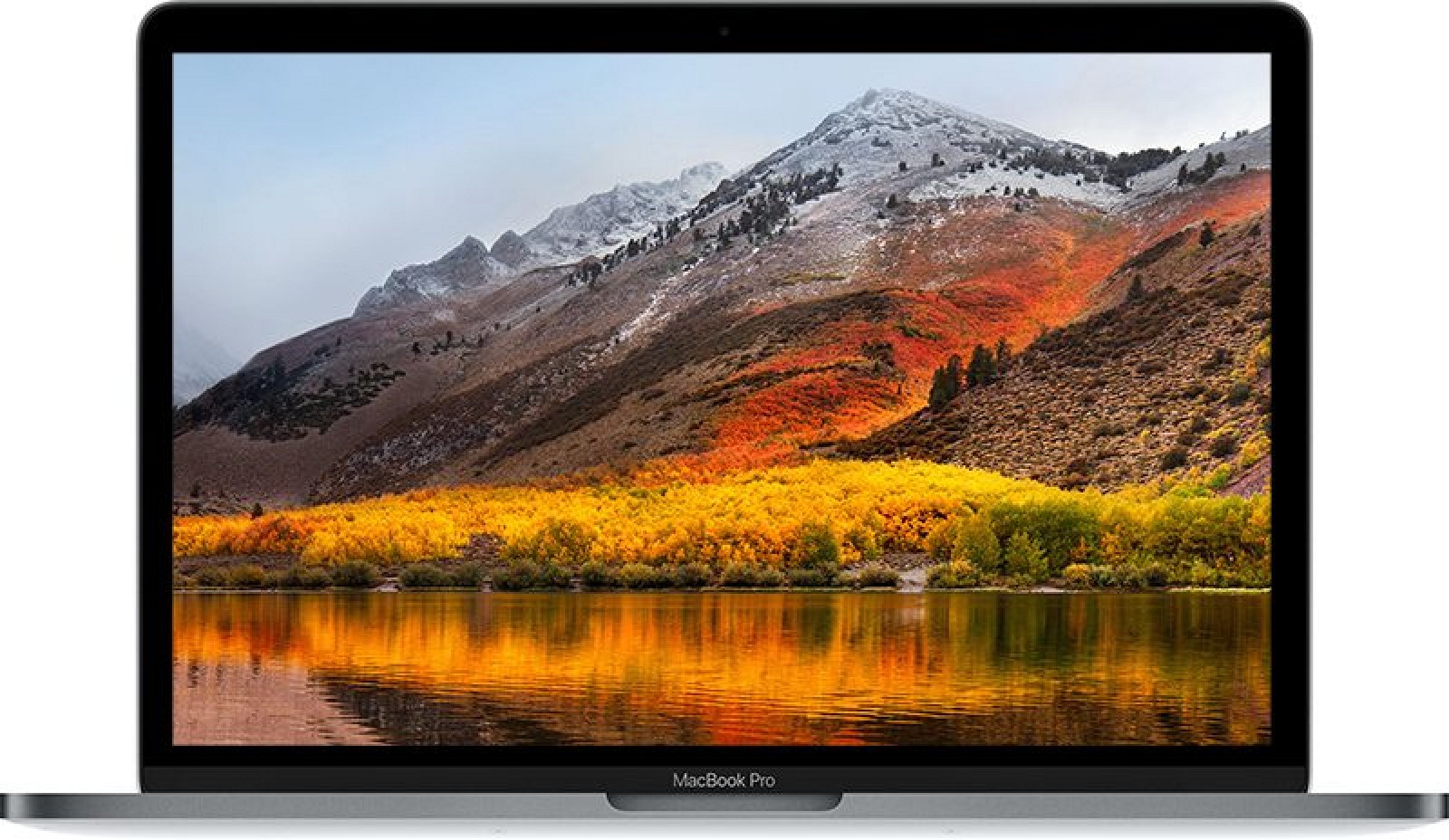
Apple introduced macOS High Sierra at its 2017 Worldwide Developers Conference in June. macOS High Sierra, as the name suggests, is a follow-up to macOS Sierra and is largely designed to improve on macOS Sierra through major under-the-hood updates and a handful of outward-facing changes.
macOS High Sierra is the newest version of macOS, introducing Metal 2, APFS, HEVC video, VR support, and Safari and Siri updates. Launched on September 25.
With macOS High Sierra, Apple says it's focusing on the fundamentals: data, video, and graphics. High Sierra is about deep technologies that will provide a platform for future innovation while also introducing new technologies to make the Mac more reliable, capable, and responsive.
FEATURES
- Metal 2
- HEVC (H.265) support
- Apple File System
- VR and external GPU support (spring 2018)
- Siri updates
- Autoplay blocking in Safari
- Anti-tracking in Safari
